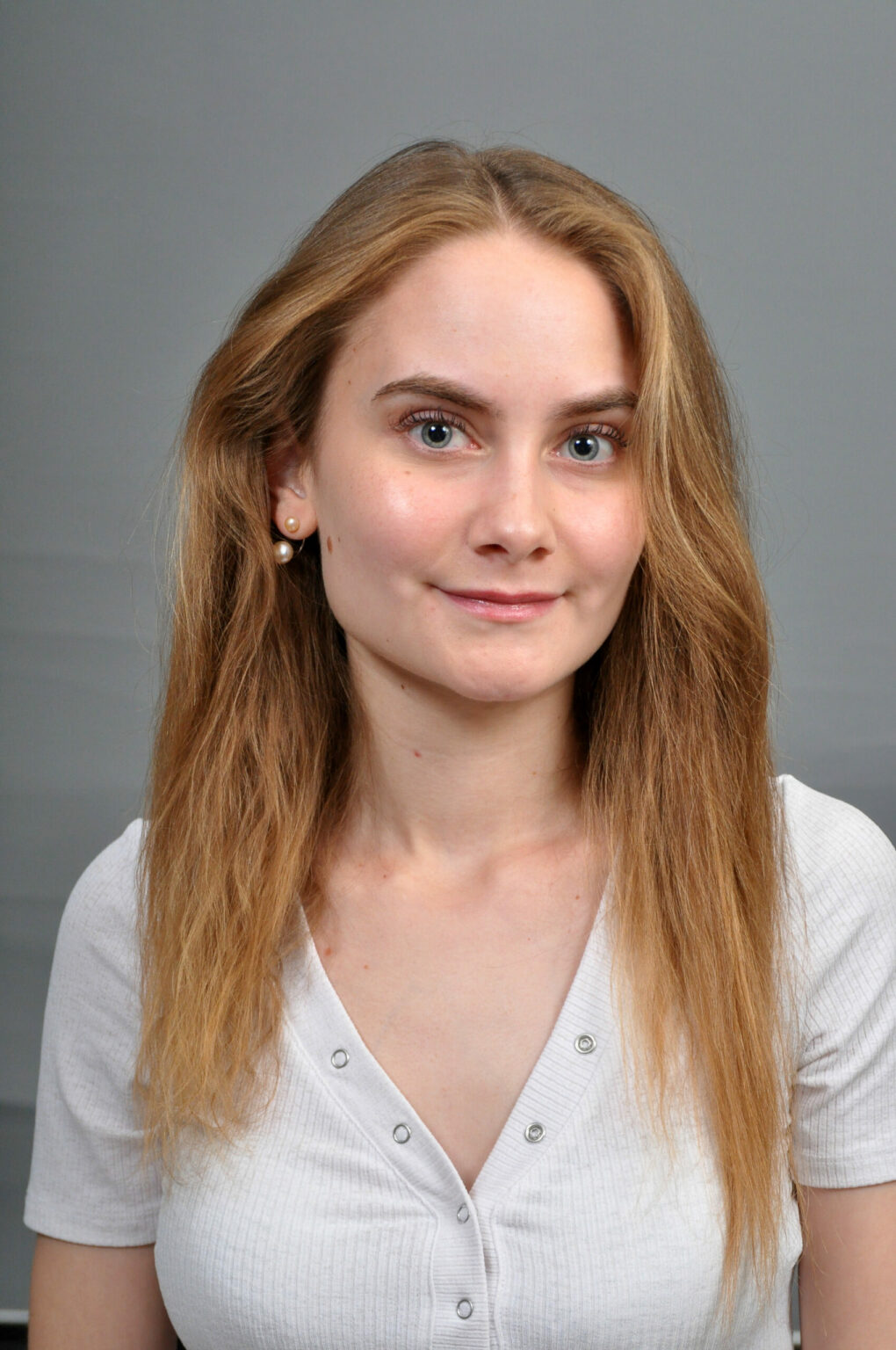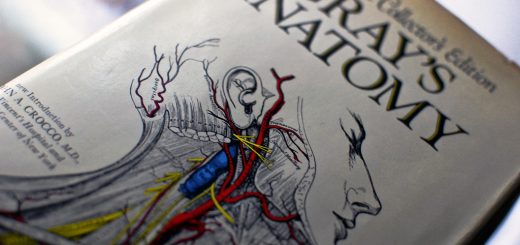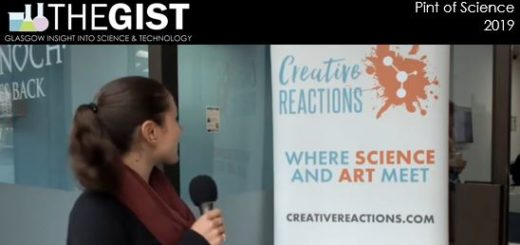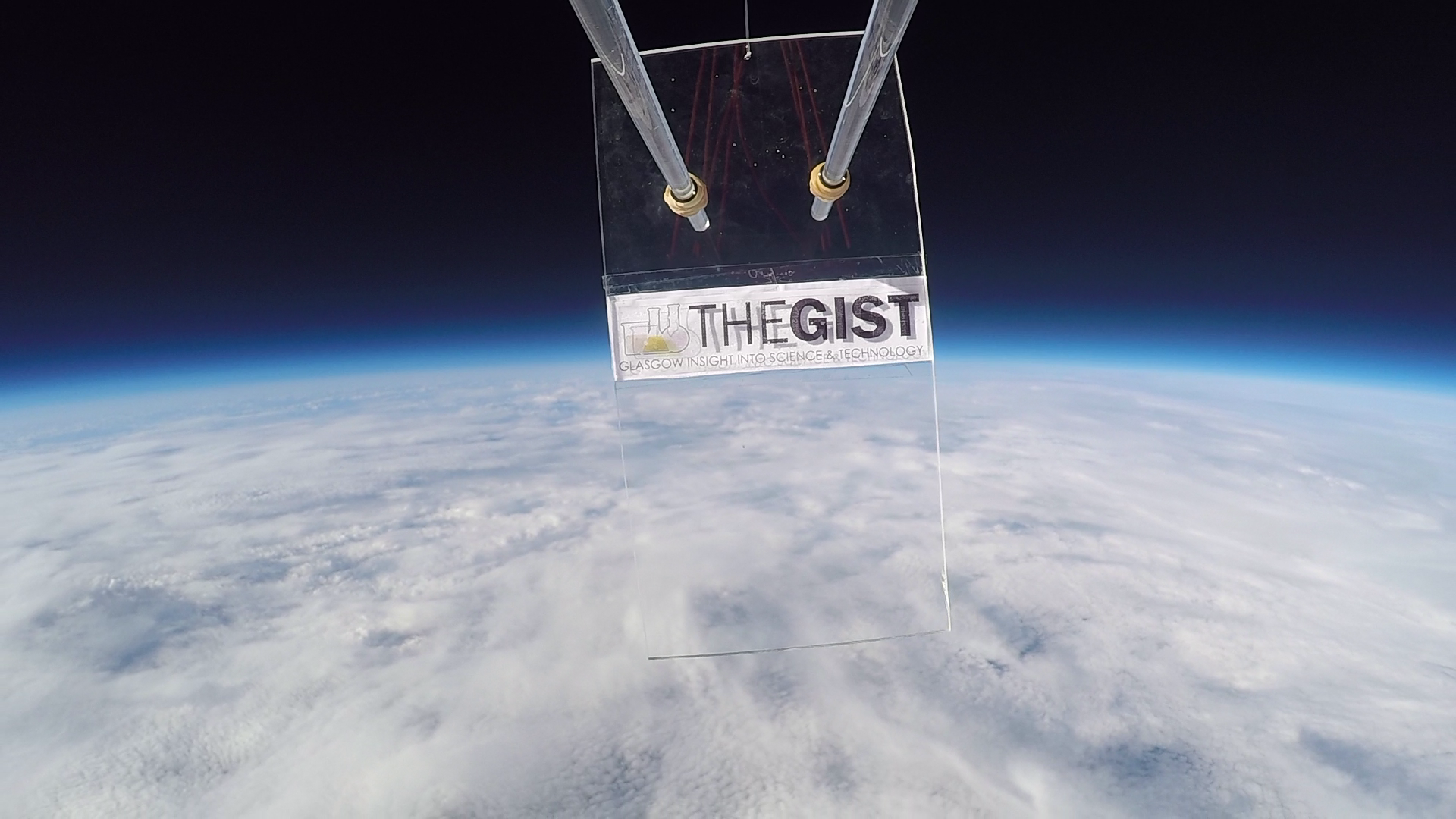An invisible hero — nanoparticles as an emerging quantum helper of the immune system

Nanoparticles (NPs) have the ability to unravel the spectacular nanoworld of our cells because of their small size and their biocompatibility with the cellular environment.
Quantum dots (QDs) are NPs made of semiconducting materials that have become a very interesting branch of research in recent years. They are composed of a core — most often a heavy metal, such as cadmium selenide, indium arsenide or lead selenide — and an outer shell which serves a protective role against the metal’s toxicity. Other important components of QDs are the ligands attached to the outer shell; it is these organic surface molecules which enable NPs to serve their function. These ligands, often biopolymers or small molecules, serve as a biological layer which facilitates interaction between the QD and its biological target. QDs are foreign to the human body, and so their presence could trigger harmful and unwanted immune responses. This means that during their development, they must be carefully screened to make sure this is avoided. QDs of the same size but with larger ligands have also been shown to be less effective in being taken up into cells, meaning they cannot reach their biological targets, further supporting the importance of biolayer composition. 1. Target specificity is an important consideration in the development of any type of medicine and QDs are no different. Selection of the appropriate ligand plays a crucial role in limiting non-specific interactions with other proteins. This improves both the effectiveness of the QD in its intended function and avoids unwanted responses.
QDs’ superior fluorescence lifetime properties make them very photostable, and they can therefore maintain their fluorescence signal for longer durations; this in turn results in a precise final image of the QDs’ surroundings. They have wide excitation, but narrow emission spectra, meaning that they can be excited by a wide range of wavelengths while emitting within a limited window. These characteristics make them an interesting alternative to the organic dyes used today. Further adding to their suitability for biological imaging, a study had shown that QDs effectively label haematological cells, bone marrow and umbilical cord cells, and last for up to two weeks post-transplantation. An important property of NPs is that they are retained by the cells post differentiation — a process which defines the cell’s fate. This means that NPs can continue to exert their effects or carry out their intended functions within the differentiated cells or even modulate the cell’s fate. Apart from producing images of cellular organelles or structures, QDs have been used for tracking extracellular vesicles, which compose the main part of intracellular communication. These sacs, filled with proteins, carry an important function. For instance, the hormone insulin is stored and secreted by secretory vesicles. If we not only manage to get high resolution imaging of the process but also alter it, this could have an impact on the treatment of diabetes.
More importantly, these nanocrystals show potential to assist the immune system by being involved in drug-delivery systems, vaccines or becoming the better alternative to antibiotics. QDs show their potential to revolutionise the way scientists approach challenges related to the immune system in several ways. Firstly, these NPs produce high-quality imaging and visualisation of viral replication cycles into the host cells. The better a virus’ mode of invasion into the host cell is understood, and its replication within it, the better we can produce vaccines against it. Moreover, QDs could be designed to combat viral particles by interacting with them through appropriate ligands. To fight against such a small assembly of molecules, scientists need a weapon just as small to interact with the virus on a molecular level, and QDs seem to be the perfect fit for this role.
Furthermore, they are not only effective against viruses, but NPs may also serve as nanobactericides, combatting multi-drug resistant pathogens through their interactions with receptors on the surface of the bacterial cell membrane. In doing so, they can ultimately interfere with the bacterium’s metabolic pathways, killing the pathogen.
QDs could also become an integral part of drug-delivery with their exceptional potential to deliver drugs to a specific site 2. For example, the anti-cancer treatment doxorubicin is more successful in reducing tumour size when, delivered by a QD compared to its free intake. These findings could rapidly revolutionise personalised medicine and increase the efficiency of both existing and newly emerging medicines.
Thirdly, incorporating QDs into vaccines has shown promising results 3. Liu and colleagues, developed a dendritic cell vaccine, in which QDs served as nanoprobes and nanocarriers. The role of the NPs was to load vaccine components such as tumor antigens. The vaccine successfully stimulated innate and adaptive immune activation against the tumor, proving the capability of NPs to aid the immune system.
However, as exciting as it is that quantum dots could in fact become an integral part of science and medicine, ongoing research is required to better understand their drawbacks. For example, metal toxicity, potential non-specific interactions and the development of bacterial resistance toward NP treatment all present possible challenges and further development to address them is needed. Perhaps one way to prevent the latter concern could be not to overuse NPs in order to avoid repeating the history of antibiotics misuse. Once these challenges are eliminated, NPs could be able to fulfill their full potential and contribute immensely to science.
Specialist Editor: Holly Brown
Copy Editor: R Shannon







